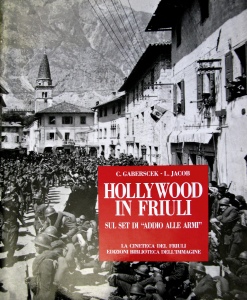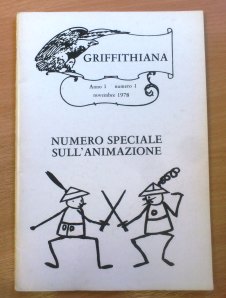![]() Electronic Collection Management
Electronic Collection Management
Cambridge University Library is pleased to announce access is now enabled to the Screen Studies Collection that includes
FIAF International Index to Film Periodicals Database
The International Federation of Film Archives (FIAF) brings together institutions dedicated to rescuing and preserving films. FIAF’s editorial staff, along with its Affiliates, produces the International Index to Film Periodicals which offers in-depth coverage of the world’s foremost academic and popular film journals. This database contains FIAF’s “Treasures from Film Archives”; a detailed index of the silent-era film holdings of archives from around the world, a selection of Reference volumes and the linked full-text of over 60 journals.
AFI (American Film Institute) Catalogue
The AFI Catalog, the premier, authoritative resource of American film information, covers the history of American cinema comprehensively from 1893 to 1975, with full or short records for films from 1976 to present. Every film produced on American soil or by American…
View original post 225 more words







